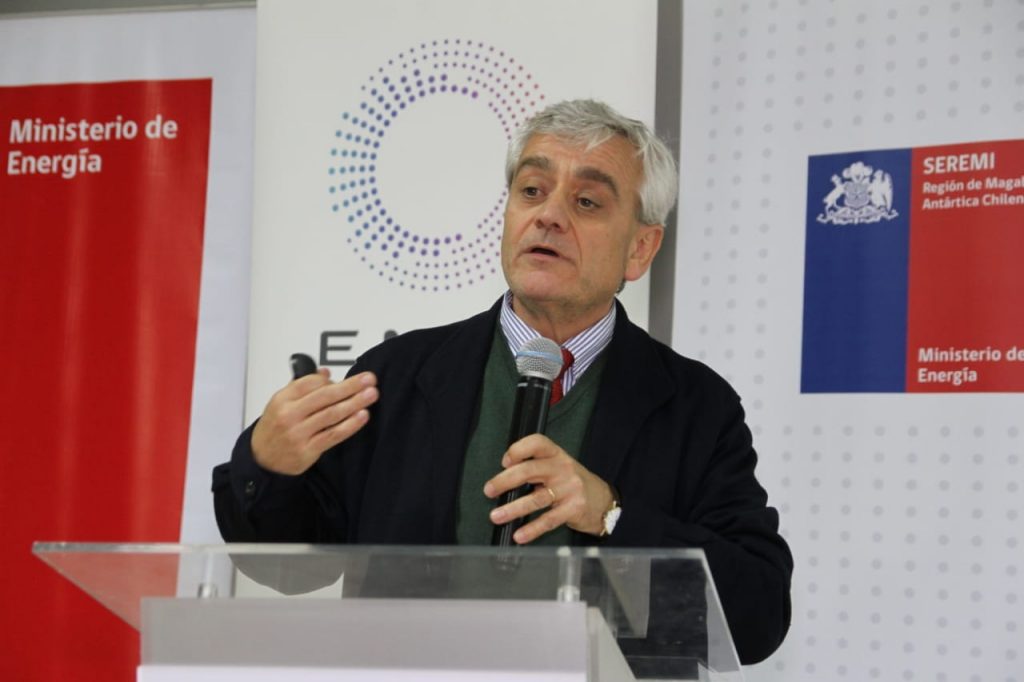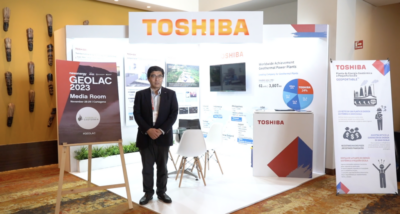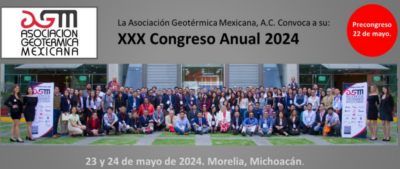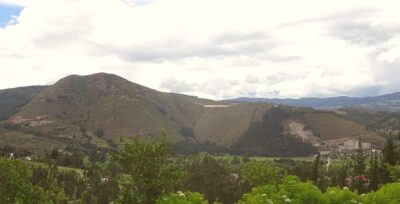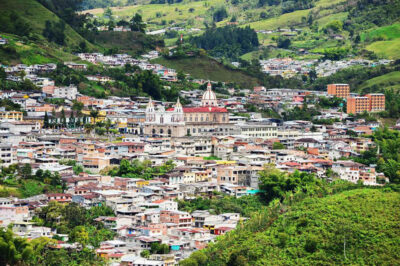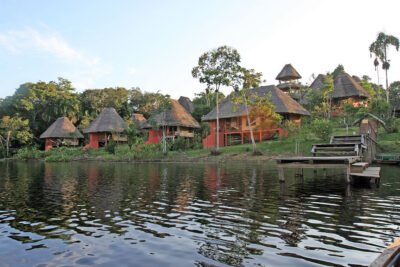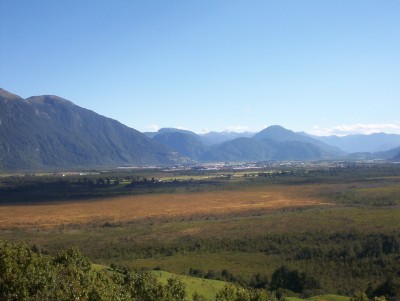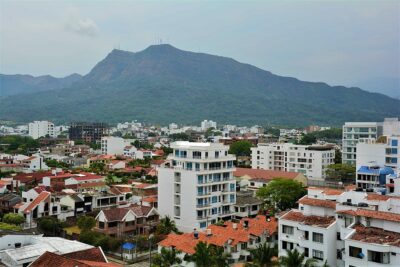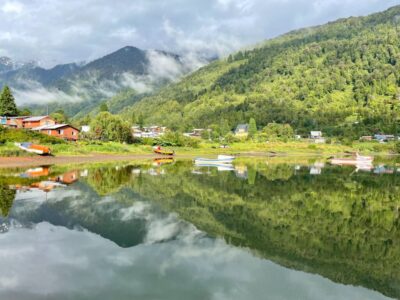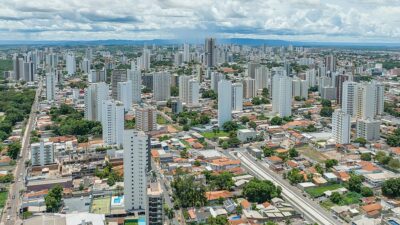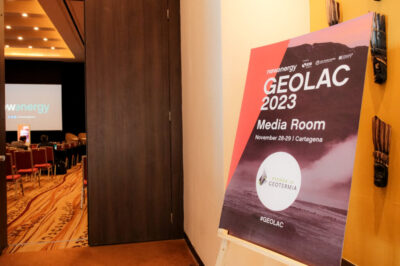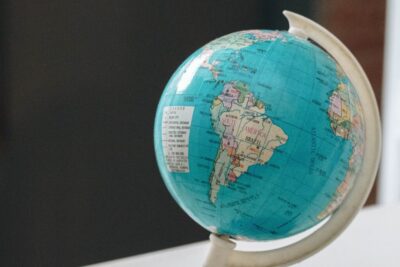Climate Change and the role of geothermal for Chile
Diego Morata, director of the Geothermal Center of Excellence for the Andes, refers to the key role that geothermal energy could play in the future context of hydroelectric generation and climate change in Chile
Diego Morata, director of the Center of Excellence in Geothermal of the Andes CEGA, presents his vision about climate change in Chile and the role of geothermal energy. We transcribe the publication of ElMostrador:
Yes, climate change and its effects are going to be the unwanted passengers on the journey that we will have to make in the coming years. The diagnoses and projections of the effects of this warming are already on the table. Now is the time to start looking for solutions, since our southern rivers may not carry the flow they had before – and, therefore, the generation of hydroelectricity may be significantly reduced – and clearly our great reserve of water, the snow in our mountain range, will tend to be less and less. It is not being an alarmist. International reports developed by experts and reflected in the IPCC report, in which Chilean researchers have also participated, highlight this. It is the time to act.
We have finally seen it rain in south central Chile and, in fact, we had been waiting for the long-awaited rain for several days. And when the clouds dissipate, we will be able to enjoy the greatness of our mountain range, with a good blanket of snow and radiant white that we like to admire so much.
Perhaps this introduction a few years ago would be absurd, since no one should be surprised by a rain in August or to see our mountain range with that majestic white after a good snowfall. But the truth is that, in recent years, the episodes of rain are increasingly scarce, of variable intensities and spaced by periods of abnormally high temperatures. The person responsible for this great climate change is none other than the now famous climate change. What’s more, these days we have also been able to read the IPCC’s lapidary report on the increase in temperatures on our planet and the effects that this entails and will entail. We are seeing extremely high temperatures in Europe, winters with almost no snow in our mountain range, more frequent and powerful hurricanes.
Yes, we have climate change with us. It is true that the Earth has suffered, in its long history of life, numerous climatic changes, but what we are seeing in recent years is a process accelerated by human action. It is what is being known as the “Anthropocene” and the consequences are only just beginning to be seen, although I am afraid that we have not yet taken enough weight on it. There are countless studies that have raised the diagnosis. I believe that no one denies the effect of man, of our society, in this accelerated process of warming of our planet Earth, the only space we have to live, everyone’s home.
Today is the time to act. It is clear that a rain like the one these days – and the next fronts that seem to want to arrive – will improve the image a little, but make no mistake, the water deficit in which we are immersed is terrible. And this is where we must begin to act. All together. It is not an exclusive issue of a government but a matter of the State. A policy is needed to guarantee our water resource, its efficiency and its good management.
To do this, we must look at the sky, but also at the earth, at our feet. Or, rather, to what is under our feet. Because there is a great resource of water in the subsoil. The ignorance that we have in our country about the quantity and quality of groundwater is incredible and, in this, we are also behind. We really like to look at other countries and compare ourselves with them. Well, let’s see what countries did where rainfall is not abundant and enjoy a Mediterranean climate, like central Chile.
Many of these countries generated a strategy to learn about underground water resources. That is to say, millions of dollars (or euros, no matter the currency) were invested by the State to find out what they had in the subsoil. It seems obvious that a country wants to know what is under its feet, but to achieve this, structural changes and strong economic investments are needed. Thanks to this hydrogeological knowledge, in those countries today there is a flourishing agriculture in areas where, due to the prevailing weather, it would be unthinkable.
And how are we at home? Well, bad. Very bad. We do not have a detailed mapping of our aquifers, neither the superficial ones nor, much less, the deep ones. Is there water in the subsoil? Yes, without a doubt. How much? How deep? Is it useful for human consumption? These are questions that have no answer. It is true that some progress has been made, but we are in diapers. It is curious how, in a country where more than half of its territory is dry, there are hardly any hydrogeologists in the academy. We need to know that resource that we have under our feet. That groundwater may not be that deep. But it is also possible that in some sectors of our center-south we have water deep enough (and hot) to even
Yes, climate change and its effects are going to be the unwanted passengers on the journey that we will have to make in the coming years. The diagnoses and projections of the effects of this warming are already on the table. Now is the time to start looking for solutions, since our southern rivers may not carry the flow they had before – and, therefore, the generation of hydroelectricity may be significantly reduced – and clearly our great reserve of water, the snow in our mountain range, will tend to be less and less.
It is not being an alarmist. International reports developed by experts and reflected in the IPCC report, in which Chilean researchers have also participated, highlight this. It is the time to act. We cannot continue playing Russian roulette if it rains more or less. This rain that we have had has been a swallow. But this is not why we are in summer.
Source: El Mostrador via our Spanish language platform PiensaGeotermia
